When schools leverage regular, informative communication, it fuels success for stakeholders – students, parents, teachers, and the local community.
Why? Because these stakeholders want to hear from the source – the school.
School newsletters come straight from the school. This standardizes school news. So it’s the perfect medium for dispersing information.
As schools meet current changes and strives to meet stakeholders’ needs, particularly students’ learning and development needs, communication is key. In fact, plan to overcommunicate with the newsletter.
Open, timely, and consistent communication is a best practice. Newsletters meet these tactics by typically being published quarterly.

Newsletters create transparency between the parent and the school. It allows parents to regularly see what their child is being taught.
As a result, parents have more confidence in the school. The school is held to a higher level of excellence to teach the child.
Miscommunication erodes trust. Newsletters help to prevent this from happening by offering consistent, school-driven, and informative content.
In fact, according to research from Huron Consulting Group transparency and communication are amongst the top opportunities for school improvement.
Particularly as education experiences so many changes, it’s vital to leverage solid communication with newsletters to serve stakeholders’ needs.
In terms of dispersing the information, it is important to consider the audience. Otherwise, your message could be lost entirely.
So, consider your communication channel.
To reach your entire tax-base, including parents, newsletters need to be sent via snail mail.
When communicating just with parents directly, send via email. However, do not attach the newsletter as a PDF.
Lastly, a newsletter should rely on clean, relatable visuals. The visual aspect serves as an initial way to draw the reader in. This increases the likelihood of your stakeholder reading vital information.
School newsletters serve as a strong medium. When a school integrates the following with their newsletter practices, it only enhances its inherent strength of coming straight from the school:
1) Clear, concise, and timely communication
2) Select the proper communication channel
3) Smart use of design and visuals
By following these best practices, a newsletter can inform, promote, gather, and educate.
“Kidder Media provides outstanding support for your public outreach initiatives. They have worked with us to create effective messaging through videos that highlighted academic and athletic programs, fiscal accountability and a commitment to diversity. Each video was clear, concise and visually appealing.”

